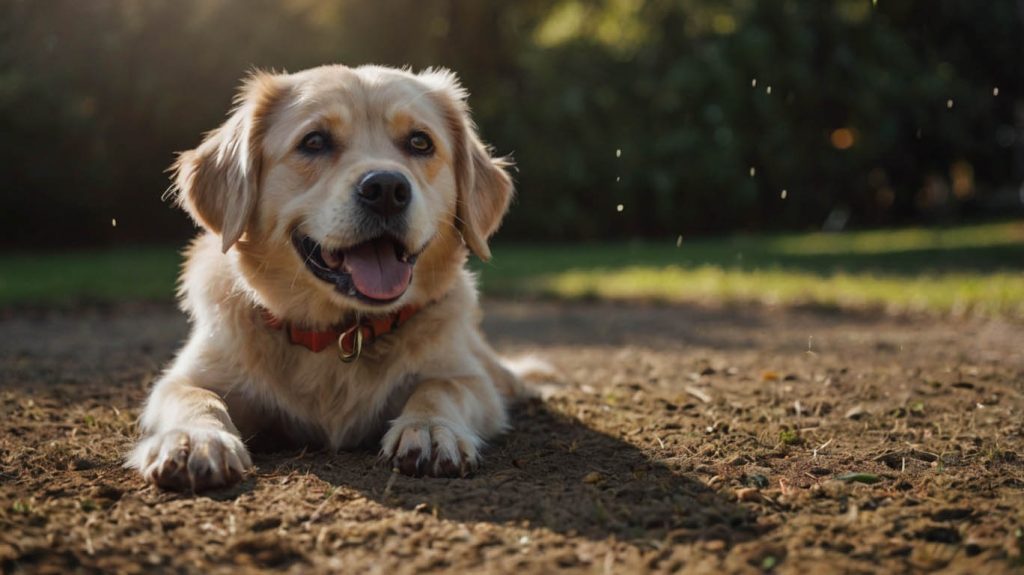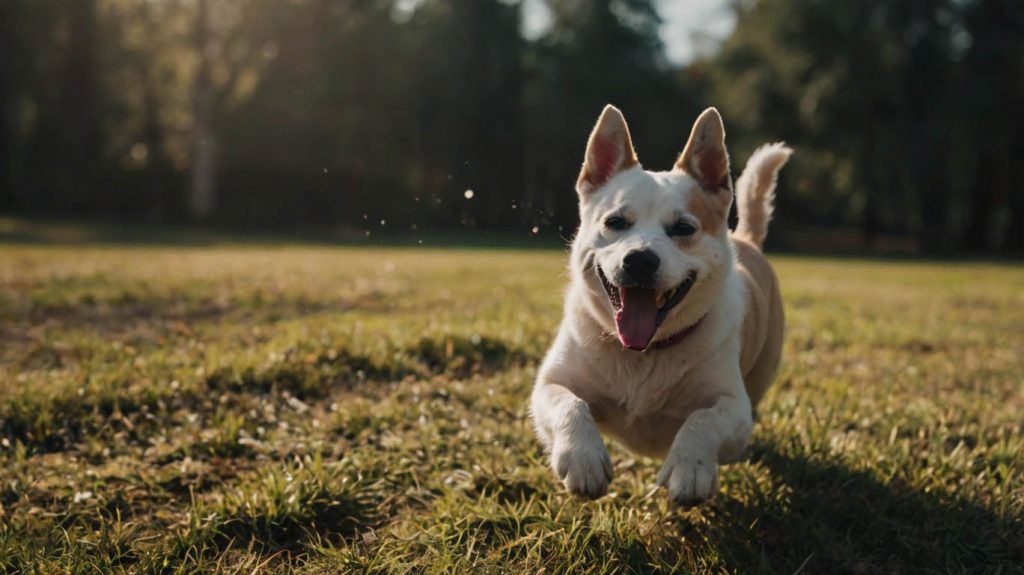Training your dog doesn’t have to feel like a chore. In fact, it can be one of the most rewarding parts of being a pet parent. But where do you begin? The answer lies in starting with simple tricks to teach your dog —fun, easy commands that boost your dog’s confidence and strengthen your bond.
Many pet owners are surprised to learn that their dogs are eager to learn. Even better, most dogs thrive when given small challenges paired with positive reinforcement. In this guide, we’ll explore the best simple tricks to teach your dog, how to train them step-by-step, and a real-life story that proves even the silliest pup can become a superstar.
Why Teaching Simple Tricks Matters
Beyond entertainment, tricks offer mental stimulation. A bored dog often becomes a destructive one. But when your dog has a “job”—even if it’s just shaking paws or spinning—it provides structure and purpose.
Moreover, these tricks enhance communication. Your dog learns to listen, respond, and focus. This not only improves behavior at home but also makes walks, vet visits, and social situations more manageable.
So yes, teaching simple tricks to teach your dog can be life-changing—for both of you.

Top Simple Tricks to Teach Your Dog First
“Sit Pretty” – A Fun Way to Strengthen Core Muscles
This trick, where your dog sits upright on its hind legs, is not only cute but helps build core stability. Start from a seated position and raise a treat slowly. Say “Sit Pretty” as they balance briefly, then reward.
With practice, your dog will learn to hold the position longer. It’s simple, impressive, and excellent for posture.
“Shake Hands” – The Classic Crowd-Pleaser
“Shake” is one of the first simple tricks to teach your dog. Ask your dog to sit. Gently lift one paw while saying “Shake.” Reward and repeat. After a few tries, your pup will lift the paw on command.
This trick is a great icebreaker and builds trust between dog and owner.
“Spin” – A Playful Trick That Builds Focus
Hold a treat near your dog’s nose and guide it in a circle. Say “Spin” as they follow the motion. Once they complete the spin, reward. This trick is engaging and teaches your dog to follow cues visually and verbally.
Practice spinning in both directions to build coordination.
“Touch” – A Trick That Leads to More Training
“Touch” involves teaching your dog to tap their nose to your palm. It may seem basic, but it’s a gateway to many advanced behaviors, like turning off lights or ringing a bell to go outside.
Hold out your hand, say “Touch,” and reward the moment their nose connects. It’s quick, fun, and super useful.
How to Start Teaching Simple Tricks to Your Dog
Keep Training Sessions Short
Dogs learn best in bursts. Try 5–10 minute sessions, 2–3 times a day. End on a positive note to keep motivation high.
Always Use Positive Reinforcement
Whether it’s liver treats, a favorite toy, or verbal praise, make sure your dog associates learning with fun. Avoid punishment—it creates confusion, not clarity.
Use Clear Verbal and Visual Cues
Be consistent. Use the same word and hand motion for each trick. If you say “Spin” today and “Twirl” tomorrow, your dog will be lost.
Real-Life Story: How Luna Learned to High-Five
Luna was a 2-year-old Husky mix who never sat still. Her owner, Mia, thought training would be impossible. But everything changed when she started with simple tricks to teach your dog.
They began with “Touch,” then “Shake.” Luna caught on quickly. Within two weeks, she was giving high-fives to anyone who asked. By the third week, Luna could “Spin” and “Sit Pretty.”
Mia said, “I thought Luna wasn’t smart. Turns out, she just needed the right approach—and a handful of chicken jerky.”
Additional Simple Tricks to Teach Your Dog
| Trick | Why It’s Useful |
|---|---|
| Roll Over | Great for flexibility and body awareness |
| Peekaboo | Fun photo trick and builds rear-end awareness |
| Crawl | Good for tight spaces or agility prep |
| Back Up | Helps with space control and focus |
| Wave | Entertaining and easy to learn from “Shake” |
Try incorporating one new trick each week to build your dog’s mental “vocabulary.”

Troubleshooting Trick Training Challenges
Dog Not Interested in Treats?
Try high-value rewards like real meat or cheese. Some dogs prefer toys or praise—experiment to see what lights them up.
Losing Focus Quickly?
Train in quiet, distraction-free environments at first. Gradually introduce new locations as they improve.
Struggling with Timing?
Clickers help mark the exact moment your dog gets it right. This speeds up learning significantly.
FAQs About Simple Tricks to Teach Your Dog
How early can I start teaching tricks?
You can begin as early as 8 weeks. Start with basic cues like “Sit” and build from there.
Do older dogs still enjoy learning tricks?
Absolutely. Older dogs often enjoy the mental challenge and bonding that comes with training.
What if my dog doesn’t seem interested in learning?
Try a different trick, change the reward, or reduce distractions. Every dog can learn with the right motivation.
How many tricks should I teach at once?
Focus on one or two at a time. Once mastered, rotate to keep things fresh.
Should I use hand signals too?
Yes! Visual cues reinforce verbal commands and are especially useful for deaf dogs or in noisy areas.
Can I use tricks for daily routines?
Definitely. Teach “Touch” to close doors, “Sit Pretty” before meals, or “Spin” as a warm-up before walks.
Conclusion: Start Small, Train Smart, and Enjoy the Journey
Now that you know which simple tricks to teach your dog, it’s time to grab those treats and start the fun. Training doesn’t require a trainer, a huge time investment, or a perfect pup. All it takes is consistency, patience, and positive vibes.
These tricks offer more than entertainment—they build communication, boost confidence, and deepen your bond with your furry best friend. So, why wait? Choose a trick, start today, and enjoy every little victory along the way.


